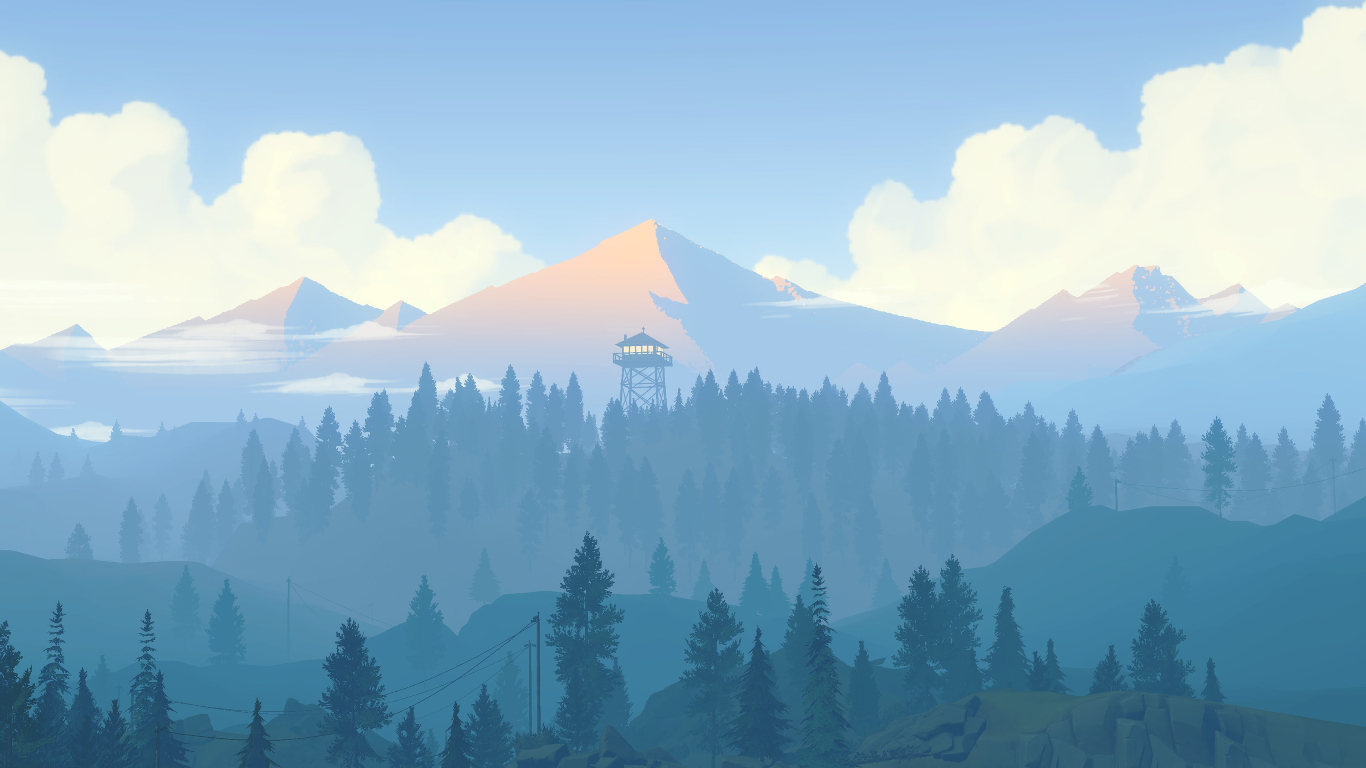Discover the rich history and modern beauty of the Oyama Road pilgrimage — once a spiritual and social escape for Edo-era townspeople, now a rewarding journey of culture, hiking, and healing.
Origins of the Oyama Pilgrimage: Mountain Faith Through the Ages
Mount Oyama, located in Isehara City, Kanagawa Prefecture, has been revered for centuries as a sacred site for mountain worship. Its spiritual significance stretches back to the Nara and Heian periods, when local communities prayed to Oyamatsumi-no-Mikoto, the god of mountains and rain. Farmers, in particular, turned to this deity to ask for rainfall and abundant harvests.
But it was during the Edo period that the Oyama Pilgrimage blossomed into something truly extraordinary — not just a religious rite, but a cultural phenomenon that blended spiritual devotion with joyful travel. Large groups known as kō (pilgrimage associations) organized annual journeys called Oyama Kō Mairi, turning the pilgrimage into a highly anticipated event filled with laughter, community, and escape from everyday life.
Tracing the Edo-Era Route: The Oyama Road and Its Legacy
The original Oyama Road began in Akasaka Mitsuke, part of Edo (modern-day Tokyo), and followed a path that roughly aligns with today’s National Route 246. Winding through towns like Kanagawa, Kawasaki, Mizonokuchi, and Atsugi, the road was far more than a simple route — it was a living artery of Edo culture and community.
Lined with inns, tea houses, and roadside shrines, it offered both rest and inspiration to pilgrims. Today, many of these old post towns still preserve traces of their past, such as stone markers and narrow side streets that echo with the footsteps of those who walked this journey centuries ago.
Historic Post Towns and Notable Waypoints Along the Oyama Road
As pilgrims made their way from Edo to Mount Oyama, they passed through a series of lively post towns—each with its own unique character and role in the journey. These waypoints weren’t just for resting—they were bustling social spaces, offering food, lodging, and sometimes spiritual guidance.
Mizonokuchi-shuku (Takatsu Ward, Kawasaki City)
Still echoing the ambiance of Edo times, Mizonokuchi preserves narrow alleyways and old stone signposts, including those inscribed with “This way to the Oyama Road.” Wandering through this area feels like stepping back in time, especially in neighborhoods where these historical traces remain intact.
Atsugi-shuku
The final rest stop before the sacred mountain, Atsugi served as a key recharge point for weary travelers. Pilgrims would often take time here to bathe, feast, and mentally prepare for the spiritual climb ahead. Even today, this city maintains a vibrant local culture and some historical architecture.
Isehara City
The true gateway to Mount Oyama, Isehara flourished thanks to the influx of pilgrims. With shrines, temples, and shops offering charms and souvenirs, the town provided a rich blend of spiritual and commercial life. From here, the path narrows and ascends into nature, marking the transition from town to trail.
Many segments between Mizonokuchi and Isehara still preserve stone monuments, lantern posts (jōryōtō), and old stone-paved paths. Walking them today offers a tangible connection to the footsteps of the past—a chance to “time travel” on foot.
Faith Meets Leisure: Why the Pilgrimage Captivated the Masses
The appeal of the Oyama Pilgrimage wasn’t solely religious. For the people of Edo, this journey was one of spiritual renewal and recreational escape—a rare chance to leave city life behind and embrace nature, camaraderie, and culture.
The Oyama Afuri Shrine, perched on the mountain’s slopes and summit, offered dramatic views of Sagami Bay, Enoshima, and even Mount Fuji on clear days. The breathtaking vistas and invigorating mountain air made the climb feel like both an offering and a reward.
Along the way, pilgrims would soak in hot springs, stay in temple lodgings (shukubō), and enjoy local delicacies. These luxuries, combined with the act of worship, created a memorable, multi-sensory journey that anticipated today’s wellness travel trend—long before the term existed.
Edo Travel Gear: What Pilgrims Wore and Carried
Travel during the Edo period was no easy feat. Roads were rough, weather unpredictable, and safety never guaranteed. So pilgrims prepared thoroughly—both spiritually and practically.
- Sugegasa (Woven Reed Hat): Essential for shielding against sun and rain. Think of it as a multi-functional travel hat.
- Waraji (Straw Sandals) & Kyahan (Gaiters): Designed for rugged paths, offering both grip and protection.
- Tenugui (Cotton Towels): Used to wipe sweat or as makeshift bandages—handy and hygienic.
- Coin Pouches and Talisman Bags: Held offerings and protective charms, often gifted or purchased en route.
- Kori (Wicker Trunks) & Furoshiki (Wrapping Cloths): Used to carry belongings efficiently, adapting to load and terrain.
They made strategic stops at temples, roadside rest areas, and tea houses—turning their journey into a carefully planned sequence of effort, rest, and reflection.
Women on the Road: Pilgrimage Fashion and Female Fellowship
Far from being a male-dominated ritual, the Oyama Pilgrimage saw many women pilgrims—often traveling in female-only groups known as Nyōnin-kō. For them, the pilgrimage was not only an act of devotion, but also a rare chance for freedom and expression.
Dressed in colorful kimonos, with coordinated haori jackets and elegant tenugui, these women turned travel into a fashion statement. Their presence added vibrancy to the journey, transforming the roads into social runways as much as spiritual paths.
These pilgrimages also provided space for emotional connection, storytelling, and communal bonding—much like today’s group retreats or “girl’s trips.”
Walking the Oyama Trail Today: Where History Meets Nature
In the modern era, the Oyama Road continues to offer a deeply enriching experience—blending local culture, lush landscapes, and historical intrigue. Even sections that pass through busy residential neighborhoods retain glimpses of the past.
Suggested Walking Route: Sangenjaya to Mizonokuchi
This route allows you to explore preserved sections of the old Oyama Road. You’ll find remnants like irrigation canals from the Setagaya era, old guideposts, and even faded stone inscriptions marking the path to Oyama.
Historical Markers and Monuments
Throughout the trail, you’ll encounter:
- Jōryōtō (Stone Lantern Posts): Once lit to guide pilgrims at night.
- Kōshin-tō (Faith Monuments): Unique to Japanese folk religion.
- Stone-paved Footpaths: Uneven and moss-covered, transporting you back to the Edo period.
Local museums and tourism offices offer guided tours, while community-run “stamp rallies” let you collect commemorative stamps as you explore. It’s a fun, educational way to walk the past while living in the present.
Must-See Spots in Oyama: Temples, Views, and Cable Cars
Oyama-dera Temple
Founded during the Nara period, this ancient temple is most famous for its autumn foliage, when the grounds glow in red and gold. During fall evenings, illuminations bathe the temple in a warm, ethereal light—perfect for reflection and photography.
Oyama Afuri Shrine
Split into two parts:
- Lower Shrine (Shimosha): Easily accessible via the Oyama Cable Car.
- Main Shrine (Honsha) at the Summit: Offers panoramic views over the Kanto Plain, with Mount Fuji, Enoshima, and Sagami Bay in the distance on clear days.
The shrine is as visually breathtaking as it is spiritually moving, making it a central highlight of any visit to Oyama.
Events and Festivals That Keep Tradition Alive
Oyama’s cultural heartbeat is maintained year-round through festivals and events that connect the present with centuries of tradition.
Oyama Tofu Festival (March)
A culinary celebration featuring fresh tofu made from Oyama’s pure spring water. Sample tofu dishes, watch live demonstrations, and try your hand at tofu-making workshops.
Toro Matsuri (Summer Lantern Festival)
Hundreds of lanterns line the stone steps at night, transforming the pilgrimage path into a glowing trail of light. Add in taiko drumming and ritual performances, and it becomes an unforgettable spectacle.
Seasonal Celebrations
- New Year’s First Shrine Visit (Hatsumōde)
- Autumn Leaf Light-Up
- Wind Chime Festival (Furin Matsuri) in Summer
For up-to-date event information, check the Isehara City Tourism Association’s website or local flyers available at train stations.
Oyama’s Culinary Delights: Tofu, Soba, and Mountain Treats
No pilgrimage is complete without indulging in the local food, and Oyama’s cuisine is as beloved as its natural beauty.
Signature Dishes
- Oyama Tofu: Smooth, rich, and crafted from spring water. Enjoy it boiled (yudōfu), chilled (hiyayakko), or deep-fried (agedashi tofu).
- Konnyaku (Devil’s Tongue Jelly): Often grilled with miso paste or stewed in oden.
- Tororo Soba and Sansai Ryōri: Noodles topped with grated yam and wild mountain vegetables—simple, nutritious, and satisfying.
Stay and Shop
- Historic Ryokan like Oyama-sō and Kageyu: These traditional inns offer tatami rooms, hot spring baths, and home-cooked meals.
- Koma Sando Shopping Street: Pick up local sweets, woodcrafts, Oyama manju (steamed buns), ema (votive tablets), and charms (omamori).
These flavors and souvenirs aren’t just keepsakes—they’re part of Oyama’s living heritage.
Getting There: Access and Smart Planning Tips
Mount Oyama is surprisingly easy to reach from Tokyo, making it an ideal day trip or overnight escape.
By Public Transportation from Tokyo
- Train: Take the Odakyu Line from Shinjuku Station to Isehara Station (~60 minutes).
- Bus: From Isehara, hop on a Kanachu Bus bound for “Oyama Cable Car Station” (~30 minutes).
- Cable Car: Ride the charming Oyama Cable Car up to the lower shrine for a scenic and stress-free ascent.
At Isehara Station, you’ll find tourist information centers, taxis, and clear signage—making the entire route beginner-friendly, even for first-time visitors.
Sample Itineraries: Day Trips and Overnight Adventures
Whether you have just a few hours or an entire weekend, there’s a route for everyone.
Day Trip Plan
- Morning: Arrive early, hike or ride the cable car to the lower shrine.
- Lunch: Savor Oyama tofu dishes at a local restaurant.
- Afternoon: Visit Oyama-dera or explore Koma Sando’s shops before heading home.
Overnight Plan
- Day 1: Stroll an old section of the Oyama Road, check in at a traditional ryokan, and enjoy a hot spring bath.
- Day 2: Tackle the full pilgrimage trail, visit the summit, and dine on regional cuisine before returning.
This flexible approach allows for spiritual reflection, cultural immersion, and plenty of relaxation.
Model Routes Along the Historic Oyama Road
The full Oyama Road stretches from Tokyo to Kanagawa, with multiple walkable segments preserved today. Here are some highlights:
| Section | Key Attractions |
|---|---|
| Akasaka → Sangenjaya | Akasaka Hikawa Shrine, Nogi Shrine, historical waymarkers |
| Sangenjaya → Mizonokuchi | Setagaya irrigation remains, Kōshin-tō, Edo-era townscapes |
| Mizonokuchi → Atsugi | Old post town ruins, ferry crossing markers |
| Atsugi → Isehara → Oyama | Historic tea houses, stone road remnants, mountain trails |
Many local walking events divide these into manageable sections with maps, guides, and rest points, making them popular with both casual strollers and history buffs.
Most Instagrammable Spots on the Oyama Trail
Whether you’re a photographer, history lover, or casual traveler, these photo-friendly locations will elevate your trip:
- Koma Sando Steps and Lanterns: Their nostalgic charm glows beautifully in evening light.
- Summit Views: On clear days, capture Mount Fuji, Sagami Bay, and Enoshima in one shot.
- Cedar-lined Hiking Paths: A serene forest trail that feels almost otherworldly.
These are the kinds of views that not only light up your Instagram feed—but also stay etched in your memory.
Preservation and Revitalization: Keeping Oyama’s Legacy Alive
Local communities in Isehara, Kawasaki, and beyond are actively working to protect and promote the cultural value of the Oyama Road.
- Historic Preservation: Restoration of monuments, pathways, and shrine structures.
- Educational Programs: Local schools teach Oyama’s history as part of their curriculum.
- Volunteer Tours: Friendly local guides share personal stories and little-known insights.
Programs like the “Oyama Road Fureai Trip” offer free tours and seasonal events, deepening understanding through experience and storytelling.
How Oyama Road Stands Out from Japan’s Other Historic Routes
Japan is famous for ancient roads like the Tokaido and Nakasendo, but the Oyama Road offers a unique twist:
| Route | Primary Function |
|---|---|
| Oyama Road | A spiritual pilgrimage with recreational elements. The destination was sacred, not commercial. |
| Tokaido | Focused on commerce and politics—a highway of goods and samurai. |
| Nakasendo | Known for mountain views and well-preserved post towns inland. |
In essence, the Oyama Road wasn’t just a journey—it was a moving prayer, rich in community spirit and self-discovery.
Modern Meaning: A Spiritual and Sensory Escape
In our fast-paced, screen-filled world, the Oyama Pilgrimage offers something increasingly rare: mental clarity, natural connection, and quiet awe.
It’s not just about walking a trail—it’s about retracing the steps of ordinary people who longed for purpose, healing, and beauty. Whether you’re enjoying forest bathing, whispering a prayer at a shrine, or sipping local tofu soup, this journey feeds both body and soul.
Frequently Asked Questions (FAQ)
Q1. Is the Oyama Pilgrimage beginner-friendly?
Yes! With the cable car and maintained trails, it’s suitable for people of all fitness levels.
Q2. How long does it take to walk the entire route?
The full historical path from Tokyo would take several days. But most people walk just one segment—usually completed in a few hours.
Q3. When is the best time to visit?
Spring and autumn are ideal. Expect cherry blossoms, colorful foliage, and comfortable weather.
Q4. Are there other local specialties besides tofu?
Absolutely. Try konnyaku, wild vegetables, and soba. Shojin ryori (Buddhist vegetarian cuisine) is also available at temple lodgings.
Q5. Can I bring my pet on the pilgrimage?
Some trails allow pets, but shrine areas and the cable car may have restrictions. Check in advance.
Q6. Are there events where I can wear Edo-period clothing?
Yes! Some regions host reenactment events where participants walk the trail in traditional attire—a fun and educational experience.
Final Thoughts: A Journey of Spirit, Scenery, and Discovery
The Oyama Pilgrimage is more than a historic route—it’s a living story of devotion, discovery, and joy. Whether you’re chasing breathtaking views, hunting down historical clues, or simply seeking peace in nature, the Oyama Road offers it all.
So, pack your walking shoes, clear your schedule, and take that first step—just as countless Edo-era pilgrims once did. What you’ll find isn’t just a destination, but a journey that stirs the soul.








